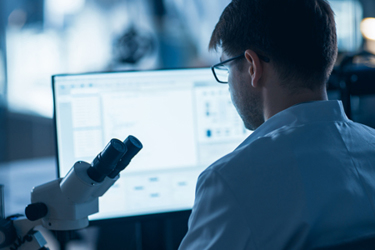Complimentary Techniques For Determining Relative Response Factor Of Non- Isolated Impurities

With the use of Liquid Chromatography-Mass Spectrometry (LC-MS) and Gas Chromatography-Mass Spectrometry (GC-MS), impurities are identified very early in the development for process optimization. Relative Response Factor (RRF) are essential in order to obtain accurate quantification of impurities, when using High Performance Liquid Chromatography (HPLC) method.
The determination of the RRF, as it is carried out classically, requires a sample of the isolated impurity. Impurities are usually either synthesized or isolated by preparative HPLC. As this is time-consuming, it is usually carried out late in the development process. However, it is possible to determine RRF of non-isolated impurities by using a combination of HPLC and Nuclear Magnetic Resonance (NMR).
Explore this case study to learn more.
Get unlimited access to:
Enter your credentials below to log in. Not yet a member of Outsourced Pharma? Subscribe today.
